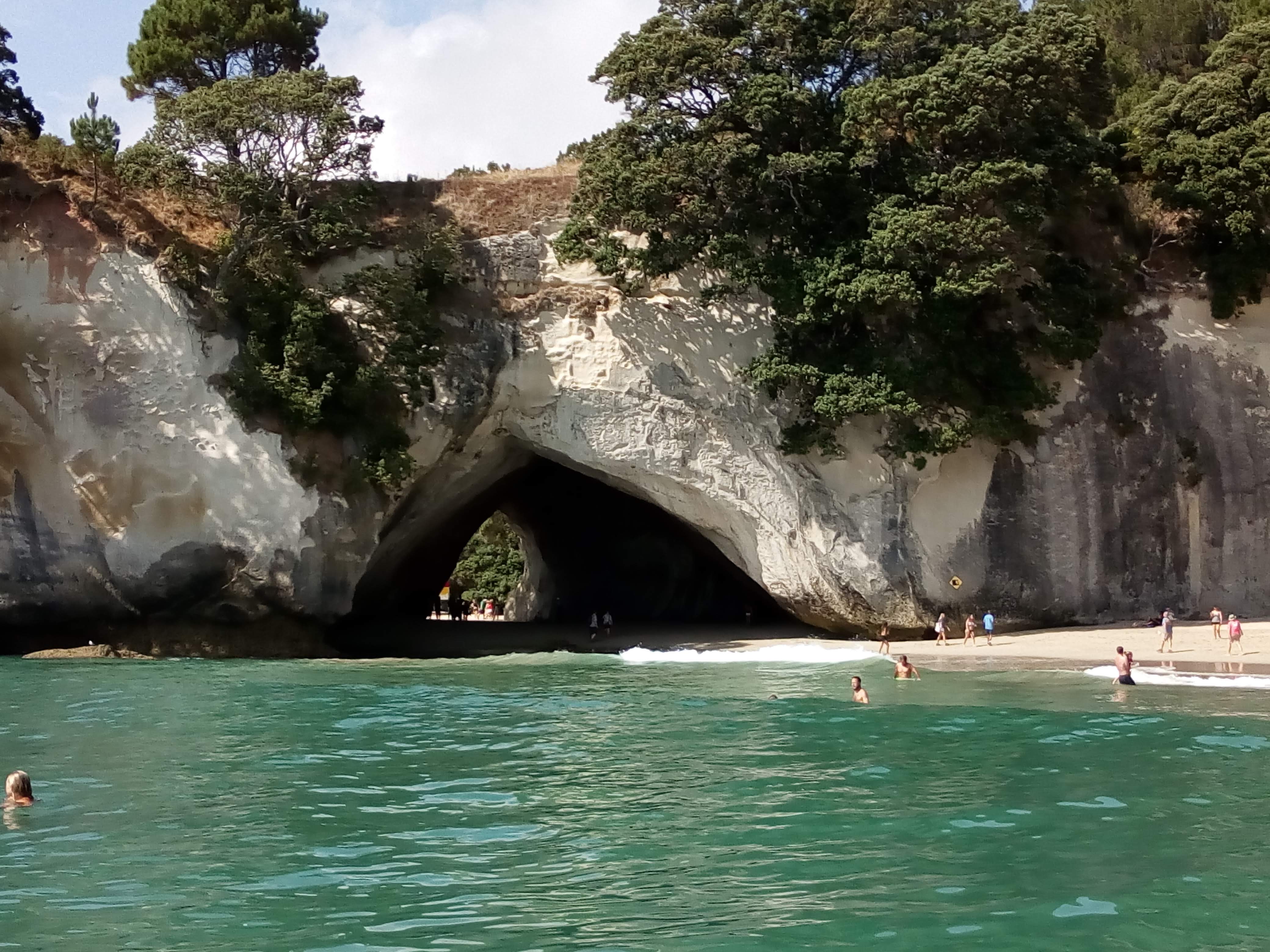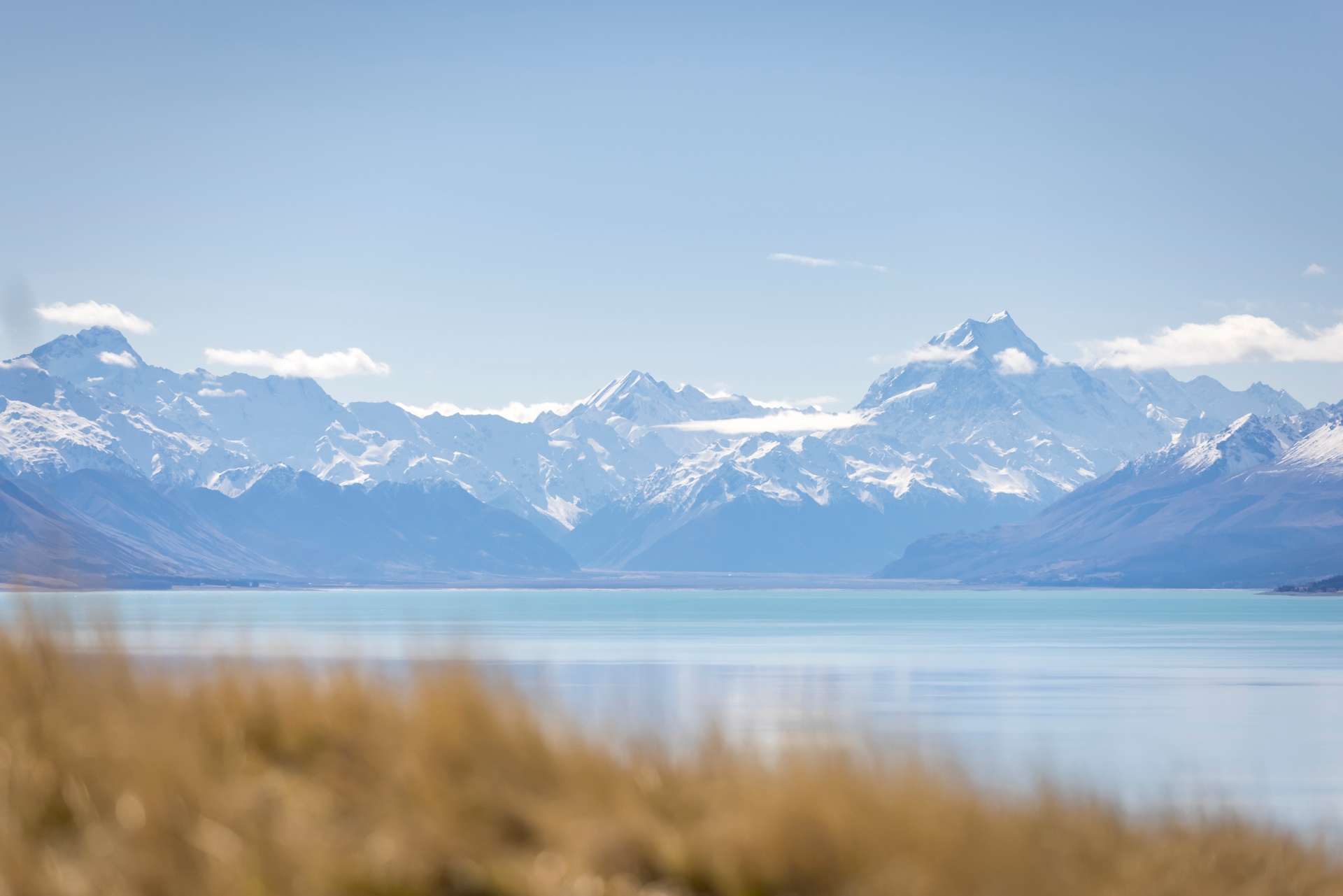BEST VIEWED IN LANDSCAPE MODE ON MOBILE DEVICES
U.S.FTC GUIDELINES PLEASE NOTE: we act as an affiliate for several companies that feature on our website. In some cases we may earn a commission from referrals to those companies. For further information please refer to our Privacy and Disclaimer policies which can be found in the "US" tab.
U.S.FTC GUIDELINES PLEASE NOTE: we act as an affiliate for several companies that feature on our website. In some cases we may earn a commission from referrals to those companies. For further information please refer to our Privacy and Disclaimer policies which can be found in the "US" tab.
Step 2 - Visit the North Is, the South Is, or visit both islands?
The two main islands are very different and each offers visitors a unique experience.
North Island
The North Island is home to the geothermal Rotorua and Taupo regions, where geysers blow and mud pools bubble.
The endless bays and beaches of the sub-tropical Northland (home to the Bay of Islands) and Coromandel regions are very popular, as are the unique active volcanoes of the Taranaki and Ruapehu regions.
The North Island is also home to New Zealand's largest city, Auckland (built around two beautiful harbors, and known as the "City of Sails"), and the Nation's Capital, and cultural hub, Wellington. Waitangi, the "Birthplace of the Nation" (where the Treaty of Waitangi was signed), is in the Bay of Islands, and along with Rotorua, provides perhaps the best opportunities for visitors to experience Maori art and culture.
Add to this attractions like the famous Waitomo Caves, the wineries and art deco architecture of the Hawke's Bay region, Great Walks like the Tongariro Northern Circuit and the Lake Waikaremoana track, the surf hubs of Gisborne and Tauranga, and the North Island is a truly memorable island.

South Island
The South Island is more rugged and perhaps more scenic. Here you can experience everything from the calm, clear waters of the Tasman region, to the rugged rainforests and glaciers of the West Coast.
The stunning Southern Alps, which run almost the full length of the South Island provide endless photo opportunities, and are home to the World Heritage listed Mt Cook region.
The resort towns of the Southern Lakes (Queenstown and Wanaka) are both beautiful towns, packed with attractions and amazing scenery, whilst New Zealand's number one attraction, Milford Sound, will leave you breathless with its beauty. Dunedin's Scottish charms attract thousands of visitors each year, as does Christchurch, home to over 700 parks. Just north of Christchurch, the hot pools of Hanmer Springs, and the marine wonders of Kaikoura are must see spots. And the South Island is also home to several of New Zealand's Great Walks, like the Milford, Kepler, Heaphy, Routeburn and Abel Tasman tracks.

The choice is yours
We understand that time and money are a major factor in holiday plans, and of course we are just a little biased, but If you have the time, do both islands. You won't be disappointed.
As you work your way through our Travel Planner you will learn more about the must see spots and will get a better feel for how to best spend your time and money.
A note about the weather
New Zealand has four very distinctive seasons. In the colder months from June to August, snow may fall in certain parts. In our opinion this adds to the holiday experience with the snow capped peaks at their visual best (and there are few better things in life that sitting by an open fire sipping a local wine or beer).
And of course the colder months open up a whole new range of activities.
Visitors just need to be aware that winter conditions may add to travel times and plan accordingly.
And if the cooler weather is not your thing, then there is lots to do in the spring and summer months, which also have the added advantage of extra daylight hours, with Daylight Saving running from roughly the end of September to the end of March each year.
For more information visit our New Zealand weather page or the New Zealand Met Service.
Go to Step 3 - Learn about the regions
